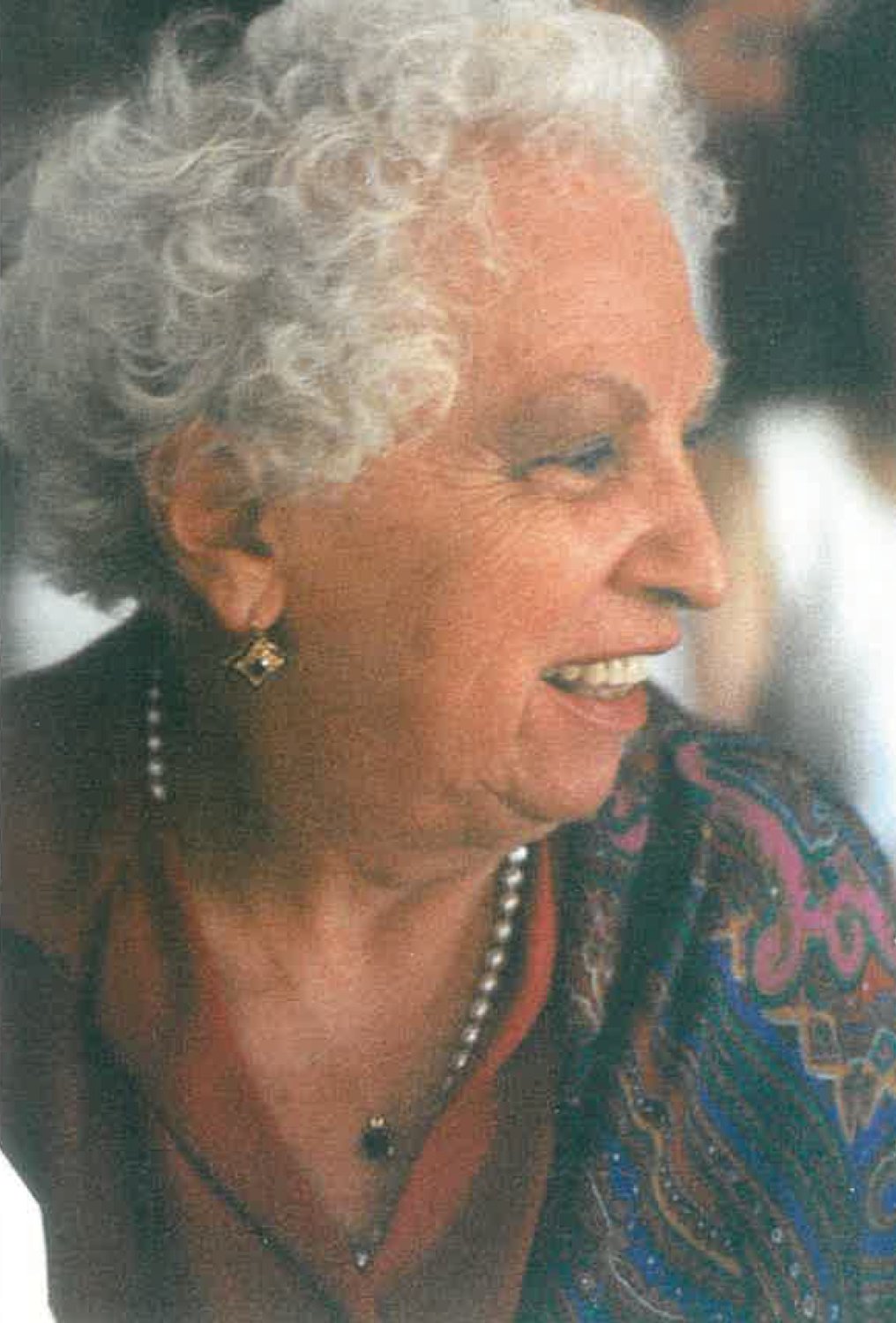A portrait of grace and fortitude
A neighbor, an “aunt,” a second cousin, a friend, a companion: Who, and what, to me, was Edith?
She lived on my street, uphill at a corner, and was related to me on both my parents’ sides and her parents’ sides, and she was the first native-born relative, and as a youngster she went to the schools for which I was destined. She was also my babysitter!
Edith Fink, like all of us along or near Third Street, in Providence, waited throughout the World War II years for the “boys” to come home. While waiting, she had her nose fixed, for her smile of welcome when she greeted her dates. So that she would look like the grinning stars of Hollywood.
Yes, my Edith was an actress, within the limits of the theaters of li’l Rhody, with the Community Players and, I believe, the Barker Players as well. As I recall, she rivaled Dame Margaret Rutherford as the mystic in Noel Coward’s hit play, “Blithe Spirit.”
Edith took me to gape in wonder at the captured submarine from our coast, displayed at the downtown Kaiser riverside, where ships were built. What I remember was that Edith fainted – and instructed me not to report that distressing fact to her mother.
In due time, she found her GI fiancé, and of course I attended the wedding, at the Narragansett Hotel. The newlywed Salhanicks then opened a neighborhood business together, a gift shop on Hope Street. But when her new husband had an early heart attack, they moved back to Edith’s birthplace, next door to The Miriam Hospital.
Edith used her skills as a designer to participate in the then-thriving costume-jewelry industry in Rhode Island. For my Bar Mitzvah, I got an identification bracelet from Edith. I wore it on dates, and gave it as a gift to a pretty girl (no memory of who that was).
After that, my connection to Edith grew, but in diverse directions. I might stop by to hitch a ride to my job, or maybe on jaunts to visit the sites of our family past. It was not far to journey: to see what had become of Oakland Beach, or, even closer, to the previous residences of her father (my grandfather) and his brother (her uncle). Along Benefit and around Pratt.
I write about Edith and her saga with nostalgia and a nephew’s respect and regard. Edith was a hard worker, and found her portion of happiness with the virtues of good will, amiability and a genuine grin of sociability. A good guest and great hostess, she was determined to make the best of whatever came her way.
Edith wanted me to write a play about the dramas of her household and our shared destinies – inspired in part by the Hollywood movies we saw, though not together, at the nearby Hope Theatre.
Edith also had a cynical side to her character – not her temperament, no, just about her times and the fates themselves. Her husband passed away and she would recount to me her dreams about him. You have to make do.
Edith went on to take up the hobby of traveling, and she sustained and nourished her friendships. Which is why I am writing this piece. Her ally, Ada Winsten, sends me wonderful photographs, one of which I am sharing with you-all. In this picture, you can see Edith’s cheerful expression and her dramatic awareness.
Yet I have only scratched the surface in this fond review of our alliance as relatives, as chums and as fellow adventurers. And my closing commentary is rather melancholy: I believe that most of us have hidden tragedies in our lives, and disappointments. I think Edith deserved a bit better for all the dedication she brought to her fortunes, good and ill, and I am trying to say something on the brink of heroic about her dealings with whatever came her way.
MIKE FINK (mfink33@aol.com) teaches at the Rhode Island School of Design.








